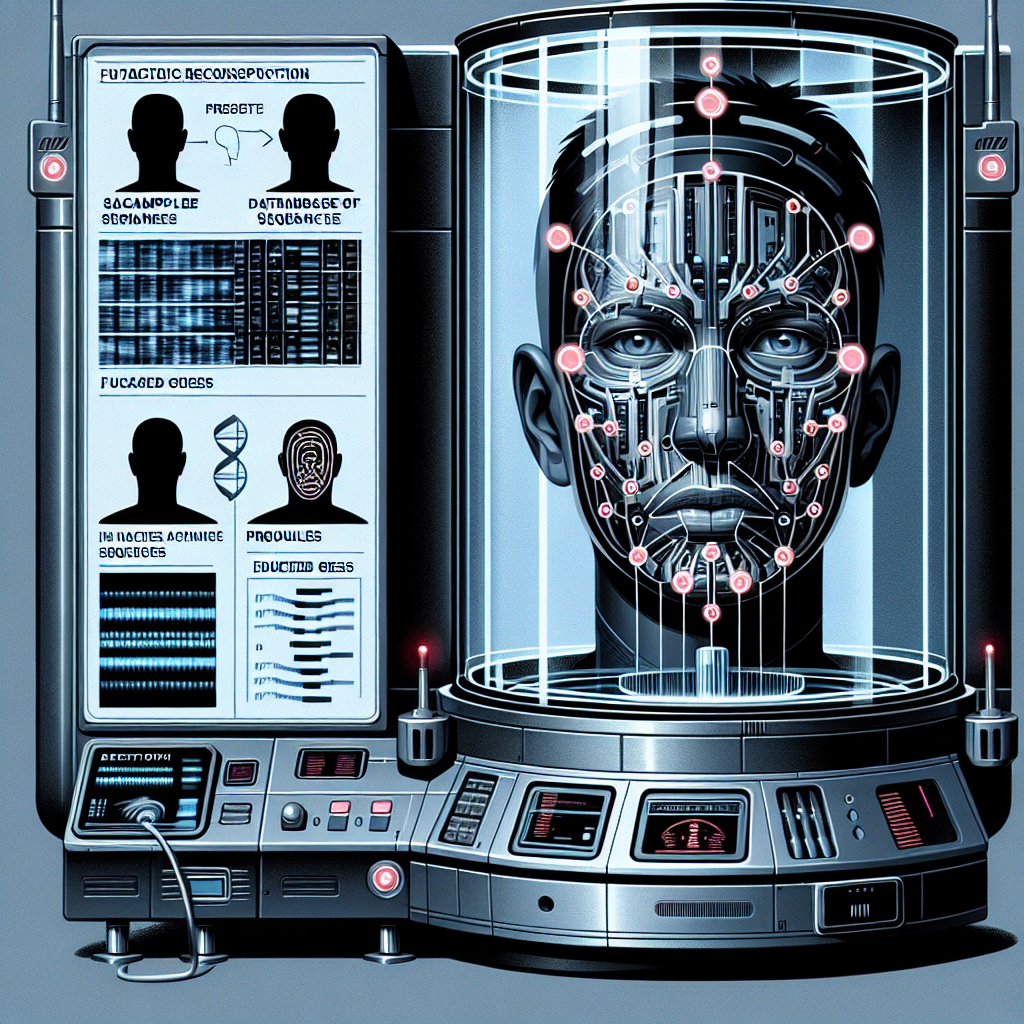Law Enforcement Attempts Humorous Hybrid of Gene Science and Facial Recognition in Suspect Hunt

“Cops Used DNA to Predict a Suspect’s Face—and Tried to Run Facial Recognition on It”
“Parabon’s DNA-based sketching tool, Snapshot, seems to promise something near magical: the ability to create a detailed image of a person’s face based solely on a sample of their DNA.”
Don’t laugh out loud just yet. Now, the idea alone may seem like it’s a plot ripped straight from an episode of Star Trek, but apparently, this is a thing. Yes, Parabon NanoLabs claims its novel sketching tool, Snapshot, can craft an impressively detailed facial sketch using nothing but a simple DNA sample. Forget magic, the future has officially been replaced by CSI meets Minority Report.
However, as fun as living in the future may sound, there are some serious concerns to be had. In reality, the accuracy of Snapshot’s genetic modeling in predicting individual facial features is a contentious topic amongst experts. Despite some researchers expressing skepticism, Parabon continues to flaunt Snapshot’s predictive prowess, pushing the technology into law enforcement and others desperate for identifications.
Snapshot is essentially a means to generate leads, not definite identifications. The system uses a statistical model, which is just a more fancy way of saying an educated guess, that predicts a ‘most likely’ appearance based on genetic markers. While these phenotypes can suggest certain traits like hair and eye color, wholly accurate facial reconstructions currently remain a distance dream.
Moreover, information about an individual’s ancestry or ethnic origin derived from DNA continues to be somewhat murky, leaving open the door to the risk of racial bias. Even more alarming is that this system, murky as it may be, is being increasingly adopted and integrated by law enforcement agencies, opening a pandora’s box of ethical and privacy issues.
Snapshot’s model is derived exclusively from a pool of individuals who self-reported as being of European descent. Not only does this skew the prediction model heavily, but it also calls into question the genetic diversity – or lack thereof – reflected in these analyses. Let’s face it, using one single ethnic group as a baseline for humanity doesn’t exactly sound like solid science, now does it?
Parabon might unabashedly peddle the fantastical capabilities of Snapshot, enthralling law enforcement, but experts are urging caution. The Paris Hilton of genetic modeling — Snapshot may look flashy, but when you dig deeper, it’s laden with scientific complexities and ethically murky waters. No magic wand or futuristic tech can circumvent the critical need for ethical and scientific scrutiny in predicting faces using mere genetic material.
Regardless, Snapshot continues to be a hot topic in the world of genetics, forensic science, and law enforcement. Intriguing? Yes. Troublesome? Absolutely. But hey, as they say, in a world that continues to blur the lines between fact and fiction, reality is often stranger than sci-fi.
Disclaimer: Wired.co.uk is returning to its usual policy of not linking directly to research studies to prevent an influx of misinformation on the Internet.
